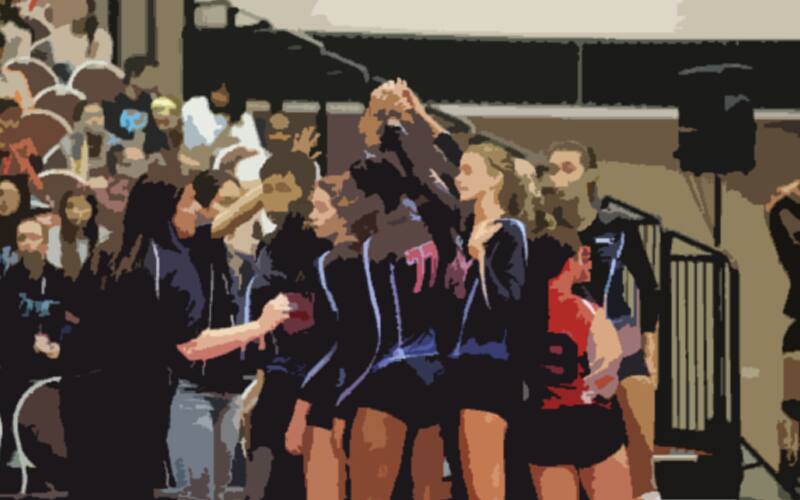
Cary Wendell Wallin
Former NCAA Player of the Year (Stanford), Director of Player Development at 949 Athletics in Orange County, Calif.
Don't just cut and paste a mass email when reaching out to schools. Communicate something personal or relate a connection to the school. Coaches like to see that you have done your homework about their program and their school.
Joe Sagula
Head women’s coach at University of North Carolina
“Call the coach yourself rather than having one of your parents do it. We want to speak to the players. Often, there’s a nervousness for a kid who’s doing it for the first time, but almost every coach knows that and will help you through it. Prepare for the call by writing down some questions. This way you won’t run out of things to say. Some good questions include, “Are you recruiting my position?” and “Tell me a little bit about your school.”
It’s a good idea to take notes when you’re talking to coaches so you’ll remember what you discussed next time you call them. If you call and get the coach’s answering machine, leave a message, but be positive and professional. Tell them who you are and say something like: “Sorry I didn’t catch you. I’ll try calling again tomorrow.” Or: “Please let my coach know when would be a good time to call you.” Be sure to speak slowly when leaving a voicemail. Young players are often nervous and when they rush through a message, it’s hard for the coach to get all the information.”
Rob Browning
Head women’s coach at St. Mary’s College
“Include in your email to coaches a link to video of you playing. This is your chance to let a coach see you at your best, so choose a 5 to 10-minute segment (few coaches will watch more than a few minutes) of a match where you have a lot of great contacts. You might also include a short highlight video.
There is no need for fancy graphics, a personal introduction or even music (most of us mute the sound). A simple title with your name, graduation year and position will suffice – maybe GPA and height, too. Make it very easy to identify you on the court. A halo around you or an arrow pointing at you at the beginning of each play is very helpful!”
Mick Haley
Former head women’s coach at University of Southern California and University of Texas
“Parents often get really upset by things they believe will negatively impact their kid’s chances of getting a scholarship. Two in particular: The player’s team isn’t doing well, or the college coach only watched their team play for five minutes, then moved to another court.
I can tell you that neither of those things is worth getting worked up about. In the first place, coaches tend to know exactly what they’re looking for – Is the player athletics? Can she move? Do her skills match what they need? – so it doesn’t matter if the players team isn’t dominant or if the coach hasn’t watched the player for an entire set.
What does matter? One big thing that the student/athlete finds a club that has a track record of placing players on college teams. When evaluating that, ask questions. Does the club hav a recruiting coordinator? How many kids do they place each year off their 18s team, and where have they gone? Which college coaches call the club to ask about players? Does the club place players into scholarship opportunities, or does it place them at a school of their choice and then let them work out the financial arrangements?
If you’re serious about playing in college, it’s important to find a club that’s experienced at networking so you open doors that will lead to your best options academically and athletically.”
Daniel Fisher
Head women’s coach at University of Pittsburgh
“It’s OK to put some pressure on your top schools. If you really want something in life, go for it!
As recruiting progresses, ask where you stand on their list and what their timeline is. All too often, it’s the college coaches that are pushing the timetable, so go ahead and turn it around on them – especially if you are considering spending money on an unofficial visit.
Warning: You might not get the answer you want, but it’s better to know where things stand!”
